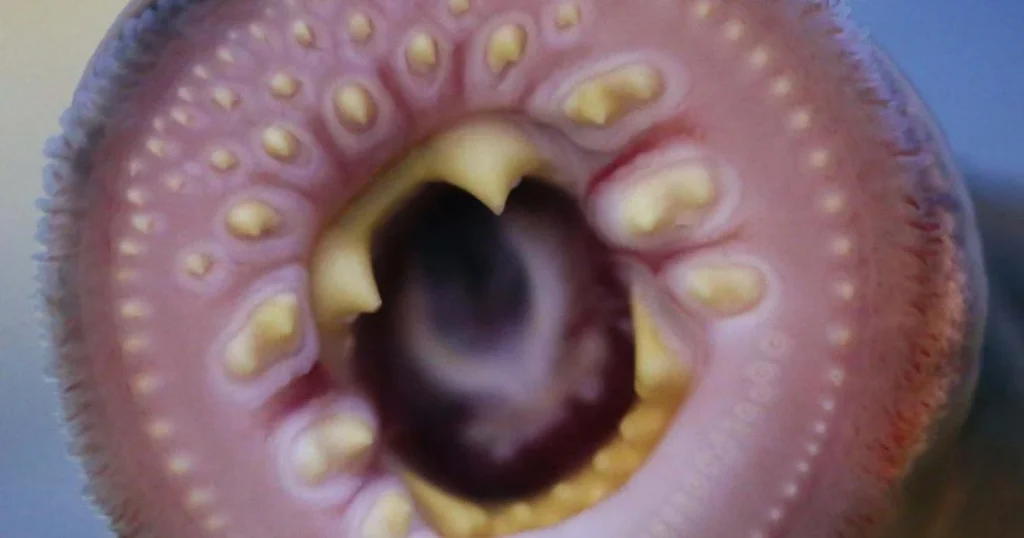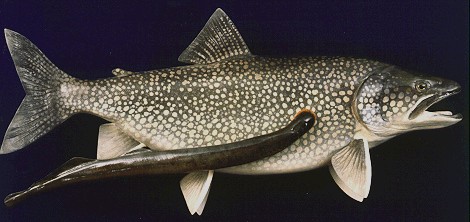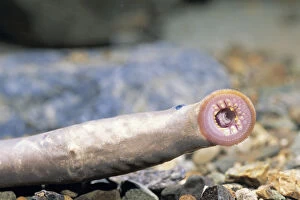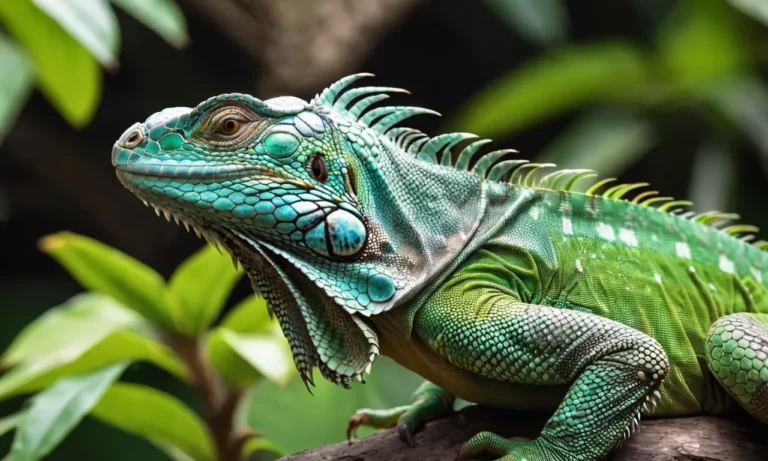The Fascinating Mouth of the Arctic Lamprey: Nature’s Unique Design
The Arctic lamprey (Lethenteron camtschaticum) is a jawless fish that inhabits the cold waters of the Arctic and sub-Arctic regions. Unlike most fish, this ancient creature has a mouth that is both eerie and fascinating. It resembles a suction cup filled with sharp, circular rows of teeth. While its appearance might seem unusual or even fearsome, the Arctic lamprey plays a significant role in the ecosystem. In this blog, we’ll dive into some intriguing facts about the mouth of the Arctic lamprey and how it functions.
1. A Perfect Suction-Cup Mouth for Feeding
The Arctic lamprey’s mouth is designed for one primary purpose—attaching itself to other fish. With its circular disk-like shape, it uses suction to latch onto prey, typically larger fish, and rasp at their skin. Inside the suction cup are rows of sharp teeth, which help the lamprey scrape off tissue and feed on the blood and body fluids of its host. This feeding method categorizes the lamprey as a parasitic species during certain stages of its life.

2. Multiple Rows of Teeth for Effective Attachment
The Arctic lamprey’s mouth has multiple concentric rings of teeth made of keratin, the same protein found in human hair and nails. These teeth are not used for chewing but are specialized for gripping. Once the lamprey attaches to its host, these sharp teeth help it hold on tightly, even in fast-moving water. The lamprey can feed for hours, sometimes leaving large wounds on the fish it attaches to.
3. Mouth Adapted for a Parasitic Lifestyle
The parasitic behavior of Arctic lampreys is primarily observed during their adult life cycle, which is around one year. During this time, they use their mouths to feed on the blood of fish like salmon, trout, and other species. Despite their parasitic nature, they rarely kill their hosts, as they rely on live fish to continue feeding. After their parasitic phase, adult lampreys return to freshwater rivers to spawn and die shortly after.

4. Evolutionary Significance of the Lamprey’s Mouth
The Arctic lamprey is part of an ancient group of vertebrates known as agnathans, or jawless fish, that have existed for over 360 million years. Its mouth structure, which lacks jaws but has powerful suction and teeth, is a reminder of early vertebrate evolution. The lamprey’s mouth design offers insight into how ancient creatures might have fed before the evolution of jaws.
5. Role in the Ecosystem
While the Arctic lamprey’s feeding behavior might seem harmful, they play a vital role in controlling fish populations. Their presence ensures a balance in the aquatic ecosystem by removing weak or sick fish, contributing to the health of the species they prey upon. Furthermore, their spawning process provides a food source for various animals, making them an integral part of the food chain.
Conclusion
The Arctic lamprey’s mouth is a marvel of nature, perfectly adapted for its parasitic lifestyle. Though often misunderstood, this ancient fish plays a crucial role in maintaining the balance of aquatic ecosystems. Its strange, tooth-filled mouth serves as a reminder of the diverse strategies animals use to survive in their environments.
By understanding the Arctic lamprey, we gain a deeper appreciation for the complexity of nature and the fascinating adaptations of creatures that have survived for millions of years.






